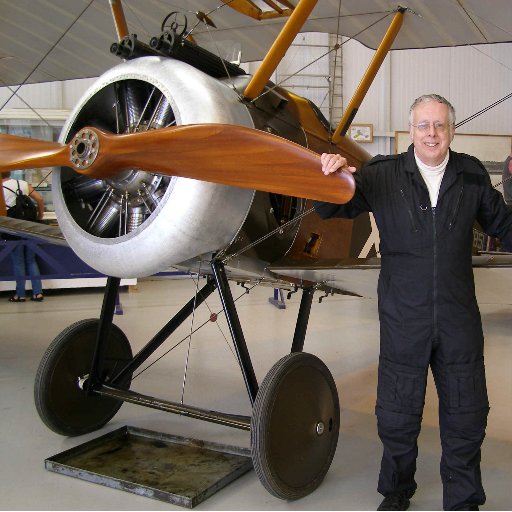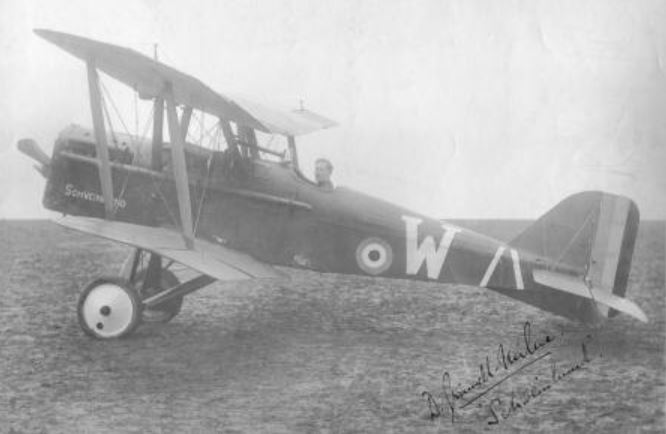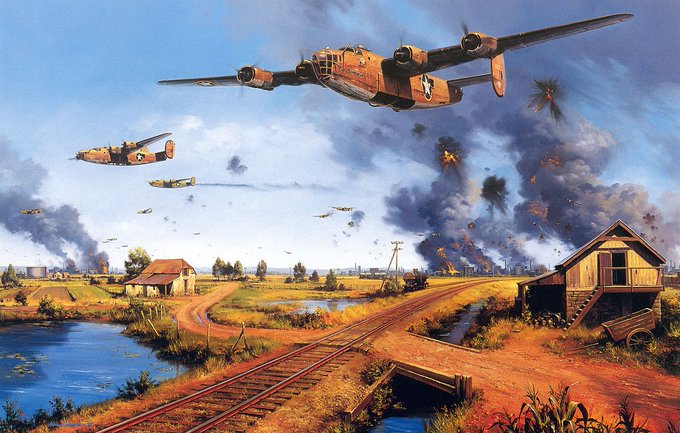S.E.5a of Captain Grinnell-Milne, 1919, showing the inverted, open V stripes of 56 Squadron.
Captain Harold Mellings’ second victory, 30 September 1917. – Art by James Field.
February 1918, 56 Squadron SE5a, Lieutenant Kenneth William Junor MC - by Michael Turner.
2 August 1918. Final test flight of a Siemens L7Y glide bomb. Launched from Zeppelin LZ 80 (L 35) 4,900 ft over the Havel river, the 2,200 lb biplane flew until its control wire, attached to the Zeppelin, snapped and the glider spun out of control.
1 August 1943. Operation Tidal Wave was an air attack by bombers of the United States Army Air Forces (USAAF) based in Libya on nine oil refineries around Ploiești, Romania.
August 1917. Hansa Brandenburg prototype and U.82 submarine commanded by Kapitänleutnant Hans Adam returning from a patrol – art by Steve Anderson.
Polkovnik Aleksandr Alexandrovich Kozakov's first victory was an Albatros C, brought down near Guzov-Voljat on 31 March 1915. At the time he was flying Morane-Saulnier G (316) with the 4th Corps Fighter Detachment.
31 July 1915. R.E.5 s/n 2457 and Captain John Liddell V.C. of 7 Squadron RFC at La Panne. ‘Liddell Made it Back Somehow’ - art by Les Urwin
30 July 1909. Orville Wright flew with Lieutenant Benjamin D. Foulois at an average speed of 42.58 mph over a distance of 44 miles at Fort Myer. The Army subsequently agreed to pay the Wrights $25,000 for their Military Flyer plus $2500 for each mph achieved over 40.
29 July 1917. Canadian Billy Bishop VC, achieved his 38th official victory. Flying an SE5a, he downed an Albatros D-III over Beaumont. Art by Mark Postlethwaite.
















